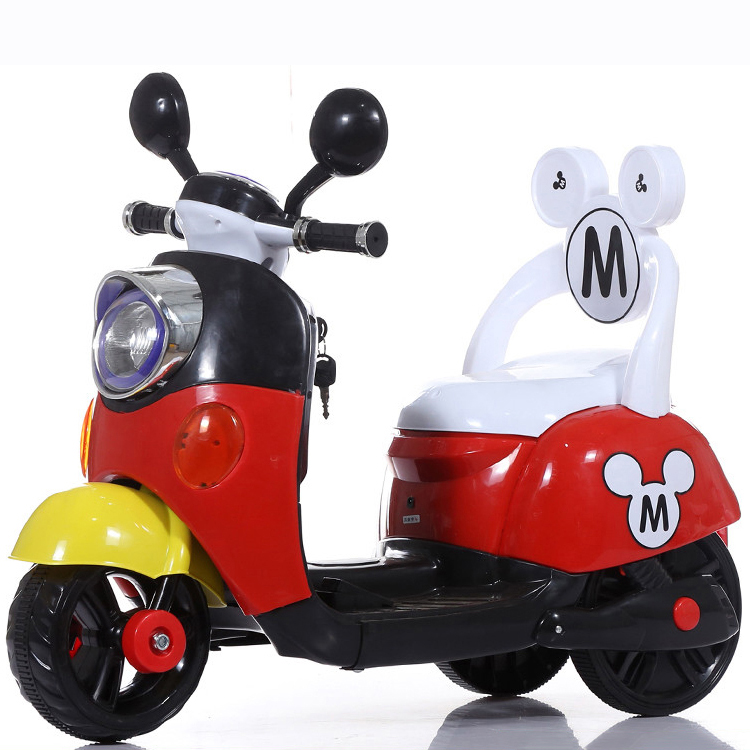Battery Solutions for Kids' Electric Cars Enhancing Performance and Safety
Battery Solutions for Children’s Electric Car Companies
In an age where sustainability meets innovation, the demand for electric vehicles (EVs) is surging across multiple sectors, including children’s electric cars. These pint-sized vehicles offer children the joy of driving while providing parents with peace of mind, knowing they are indulging their child's fantasies in a safer and eco-friendlier way. A critical component of these electric cars is the battery, which not only powers the vehicle but also determines its performance, safety, and overall user experience.
Batteries designed for children's electric cars must be lightweight and efficient, ensuring that the vehicles are easy to handle while maintaining a satisfying driving speed. The most common battery types used in these vehicles are lead-acid batteries and Lithium-ion batteries, each with their advantages and disadvantages.
Lead-acid batteries are traditionally cheaper and have a proven track record in various applications. They are robust and can deliver a significant amount of power quickly, which is beneficial for children's electric cars when instant acceleration is needed. However, lead-acid batteries are heavier, which may affect the car's maneuverability. Moreover, they have a shorter lifespan compared to newer technologies and require regular maintenance to ensure optimal performance. Therefore, while a lead-acid battery may be a common choice for entry-level electric cars, it may not be the best option in terms of long-term investment and performance.
On the other hand, Lithium-ion batteries have taken the market by storm due to their high energy density, lightweight nature, and longer lifespan. They are also more efficient and can be charged rapidly, providing immediate readiness for play without long waiting periods—the perfect fit for children who often grow impatient. However, the cost of Lithium-ion batteries is significantly higher, which can initially deter manufacturers from incorporating them into their budget products.
Another aspect to consider is safety. As safety is paramount when dealing with children, the design and materials used in batteries must be examined closely. Lithium-ion batteries, while efficient, can pose risks such as overheating and even fires if not managed or produced with high safety standards. Companies must invest in robust battery management systems (BMS) that monitor battery health and performance, prevent overcharging, and ensure temperature control.
battery for children's electric car company

Additionally, the environmental impact of the battery materials must be considered
. Lithium extraction can have a detrimental effect on local ecosystems, and the production process generates larger carbon footprints compared to lead-acid batteries. Thus, companies should strive for sustainable sourcing of materials and look for alternatives that minimize environmental damage.To complement their products, children's electric car companies might also consider offering rechargeable battery packs. This enables parents to easily swap batteries when one runs low, ensuring uninterrupted playtime. Furthermore, educating consumers about efficient charging practices can extend the life of the battery, making for a more economical and sustainable choice.
Another innovative approach is the development of solar-powered electric cars for children. Integrating solar panels into the design can provide a supplementary power source, allowing extended playtime from sunlight. This not only enhances the vehicle’s appeal but also aligns with the global shift towards renewable energy.
As the sector grows, so does consumer interest in personalization and technological integration. Smart batteries that connect to mobile applications can provide parents with information on battery life, charging cycles, and vehicle performance. Creating electric cars with such intelligent features not only entertains children but also engages parents, solidifying brand loyalty and customer satisfaction.
In conclusion, the battery is a critical element in the design and function of children's electric cars. While both lead-acid and Lithium-ion batteries have their places in the market, manufacturers must weigh factors such as safety, performance, sustainability, and cost in their decision-making process. As technology evolves, there is an ongoing shift toward the development of innovative battery solutions that cater to the changing preferences of consumers. This is an exciting time for children’s electric cars, as manufacturers harness advanced battery technology to offer safer and more enjoyable experiences for younger generations while prioritizing sustainability, ensuring a better future for all.
-
Kids battery power car baby four-wheel off-road vehicle children electric toy carNewsMar.07,2025
-
New Hot Design Factory Wholesale Light Weight Small Folding Size Baby StrollerNewsMar.07,2025
-
2022 newest factory boys and girls powerful battery operated 4-wheel ride on electric carNewsMar.07,2025
-
2022 newest factory boys and girls powerful battery operated 4-wheel ride on electric carNewsMar.07,2025
-
Kids battery power car baby four-wheel off-road vehicle children electric toy carNewsMar.07,2025
-
toddler electric atvs manufacturerNewsMar.07,2025
